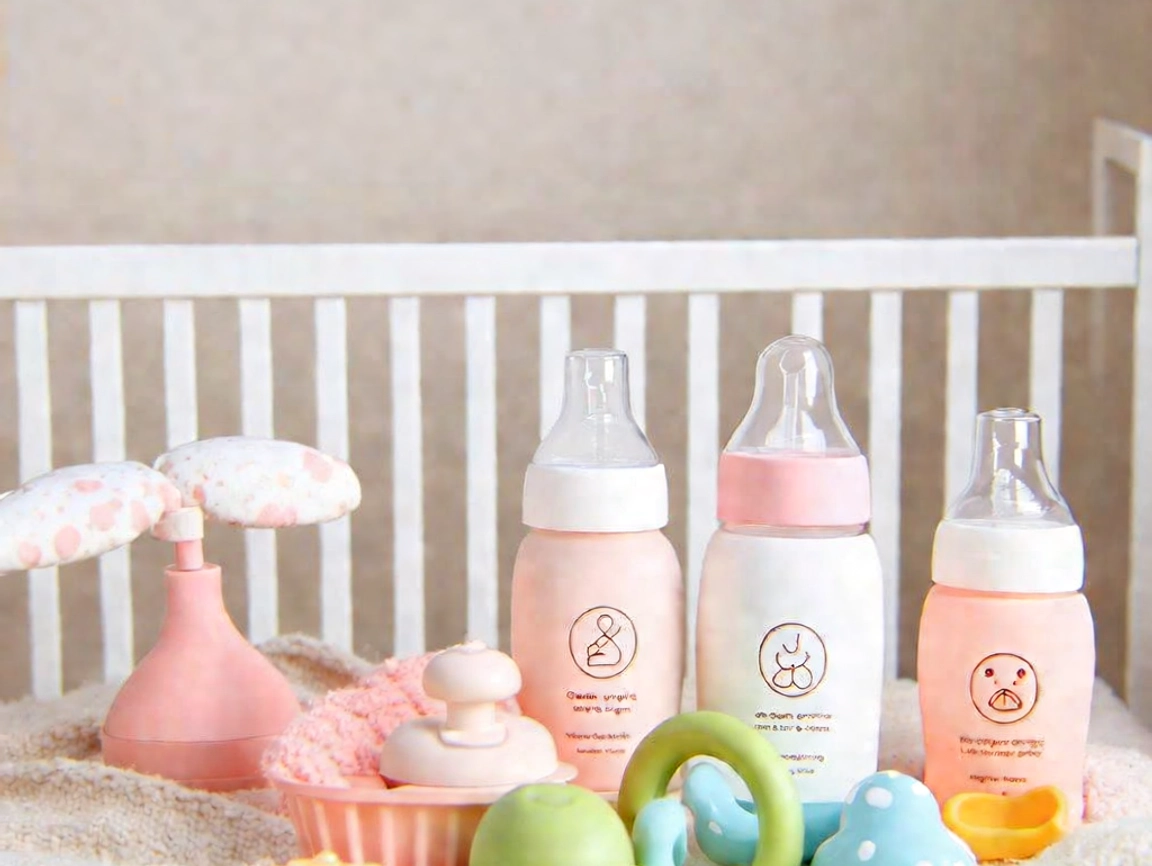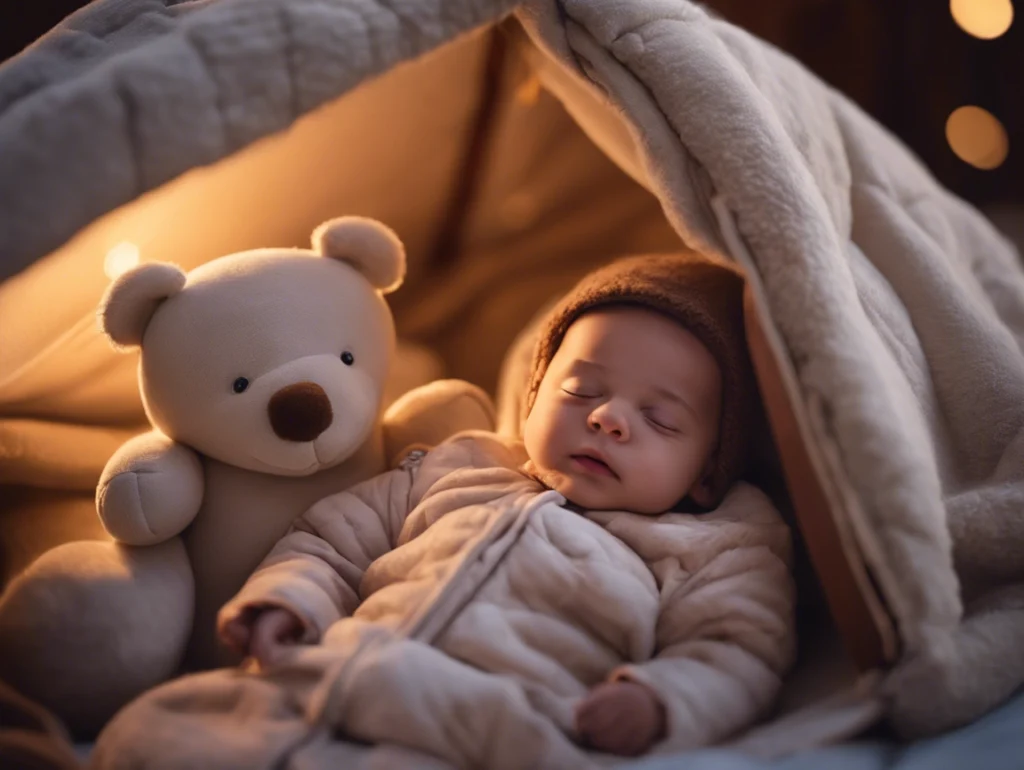As parents, we all want the best for our little ones—safe toys, comfy sleep environments, and, of course, products free from harmful chemicals. You’ve probably heard of BPA, lead, and a host of other nasty substances that are best left out of anything baby-related. But how can you be sure that the products you’re buying for your baby are truly safe?
Let’s dive into how manufacturers (and even you!) ensure that baby products are free from harmful chemicals like BPA, lead, and other toxic substances. Spoiler alert: it’s all about quality materials, rigorous testing, and certifications.

Why Is It So Important to Avoid Harmful Chemicals?
The health and safety of your baby are non-negotiable. Harmful chemicals like BPA (bisphenol A) and lead have been linked to a variety of health issues, from developmental delays to hormone disruption. That’s why the baby industry has stringent guidelines to keep these substances out of everyday products.
Here’s a quick look at why these chemicals are particularly concerning:
| Chemical | Why It’s Bad |
|---|---|
| BPA | Can interfere with hormone levels, leading to potential developmental issues. |
| Lead | Exposure can lead to developmental delays, learning difficulties, and more. |
| Phthalates | Often found in plastics; they can disrupt endocrine function. |
How Do We Ensure Baby Products Are Free from Harmful Chemicals?
Manufacturers around the world take several proactive steps to ensure baby products meet strict safety standards. Let’s break it down:
1. Using BPA-Free Materials
BPA (Bisphenol A) is a common chemical used in plastics and resins, but it’s also known to be a hormone disruptor. So, what’s the first step in ensuring that your baby’s products are safe? Simply avoiding BPA.
Manufacturers opt for BPA-free plastics or use alternative materials such as stainless steel, glass, or BPA-free plastics. Additionally, manufacturers use safer materials like food-grade silicone or organic cotton for products like bottles, pacifiers, and teethers.
Example:
- Baby Bottles: Look for bottles marked as BPA-free. Products from brands like Dr. Brown’s and Philips Avent proudly display this on their labels, ensuring peace of mind for parents.
2. Rigorous Testing for Lead and Other Heavy Metals
Lead exposure is dangerous, especially for infants and toddlers, whose bodies are more susceptible to its harmful effects. That’s why baby products need to undergo comprehensive heavy metal testing.
Before products can be sold on the market, they are tested for lead, cadmium, and other heavy metals. In the USA, the Consumer Product Safety Commission (CPSC) enforces strict limits on lead in children’s products. The EU has similar regulations under the European Chemicals Agency (ECHA).
Manufacturers use accredited third-party labs to test products for lead and other chemicals, and those results are often made available for consumers to review.
Example:
- Toys & Teething Rings: Brands like Sophie la Girafe ensure their rubber teething toys are lead-free and tested to be non-toxic.
3. Certifications and Standards
When shopping for safe baby products, look for certifications and labels that guarantee the products are free from harmful chemicals.
| Certification | What It Ensures |
|---|---|
| BPA-Free | Products are made without Bisphenol A. |
| CE Marking (EU) | Confirms compliance with European health and safety standards. |
| CPSIA Compliant (USA) | Ensures products meet the safety standards for lead and phthalates. |
| OEKO-TEX® Standard 100 | Ensures textiles are free from harmful chemicals like lead, phthalates, and pesticides. |
These certifications are your first line of defense. Manufacturers like Endearing Baby often work with certified laboratories to test products and obtain the necessary certifications to meet safety standards.
(For more on certifications, check out Endearing Baby’s Certification Guide.)
4. Transparent Material Sourcing
When manufacturers commit to using eco-friendly, chemical-free materials, it’s important they source responsibly. Ethical sourcing involves tracking the origin of materials and ensuring that no harmful chemicals are used during the production process.
For example, many baby product manufacturers use organic cotton and bamboo for clothing, blankets, and other accessories. These natural materials are grown without harmful pesticides and chemicals, making them a safer choice for your little one’s delicate skin.
Example:
- Organic Cotton Baby Clothes: Brands like Burt’s Bees Baby use certified organic cotton that is free from harmful chemicals and pesticides, offering a gentle choice for your baby’s skin.
5. Monitoring and Recalling Unsafe Products
Even after products are released to the market, manufacturers must stay vigilant. If harmful chemicals are discovered, the company must quickly recall the product and notify customers. This is why reputable brands will often have a recall alert section on their website.
In fact, product recalls are a critical safety measure to ensure that consumers are not exposed to potentially dangerous products. Brands like Graco and Chicco are proactive in monitoring for safety issues and addressing them as quickly as possible.
(Check out recent product recalls on CPSC’s official page.)
How Can You Ensure Baby Products You Buy Are Safe?
As a parent, you can take proactive steps to ensure that the products you buy are safe:
- Check Certifications: Look for certifications like BPA-Free, OEKO-TEX, and CPSIA Compliant.
- Do Your Research: If you’re unsure, check reviews and product specifications. Reputable brands are often transparent about their safety practices.
- Look for Clear Labeling: Safe products will often display clear labeling, including material details and any relevant certifications.
- Choose Trusted Brands: When in doubt, choose well-known brands that have a reputation for high safety standards, such as Graco, Chicco, and Mustela.
Visual Aid: Safety Certifications Explained
| Certification | Description |
|---|---|
| BPA-Free | Ensures the product is free from Bisphenol A. |
| OEKO-TEX® Standard 100 | Certifies textiles are free from harmful substances. |
| CPSIA Compliance | Guarantees the product meets lead and phthalates standards. |
Conclusion
Ensuring your baby’s products are free from harmful chemicals like BPA, lead, and phthalates is vital, and the good news is that manufacturers and regulatory bodies are working hard to make that happen. By choosing BPA-free materials, undergoing rigorous testing, and looking for trusted certifications, you can rest easy knowing your baby’s toys, bottles, and accessories are safe.
Remember: When in doubt, check the label, do some research, and opt for brands that are committed to transparency and safety. After all, your little one deserves the best—and that includes chemical-free products.
(For more safety tips and product recommendations, visit Endearing Baby.)

